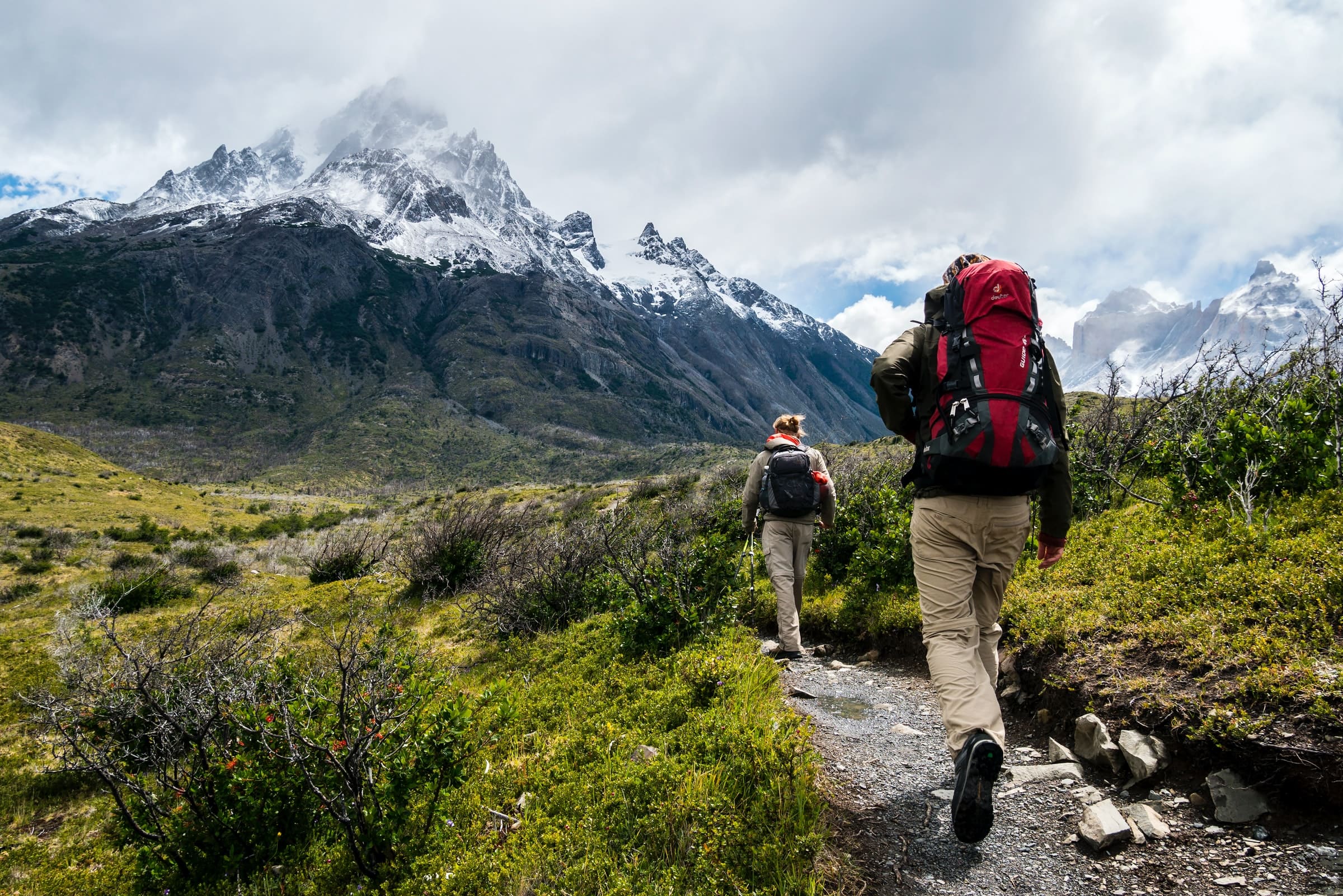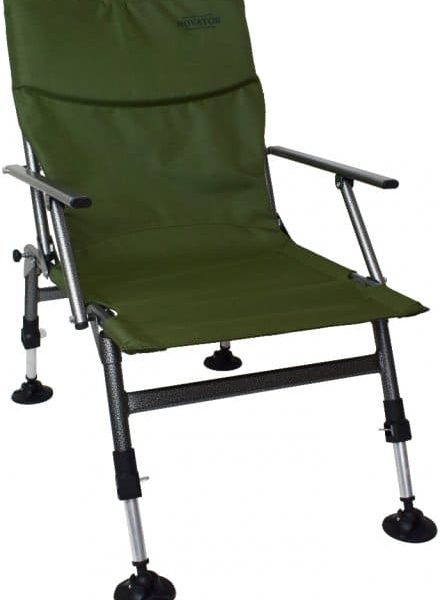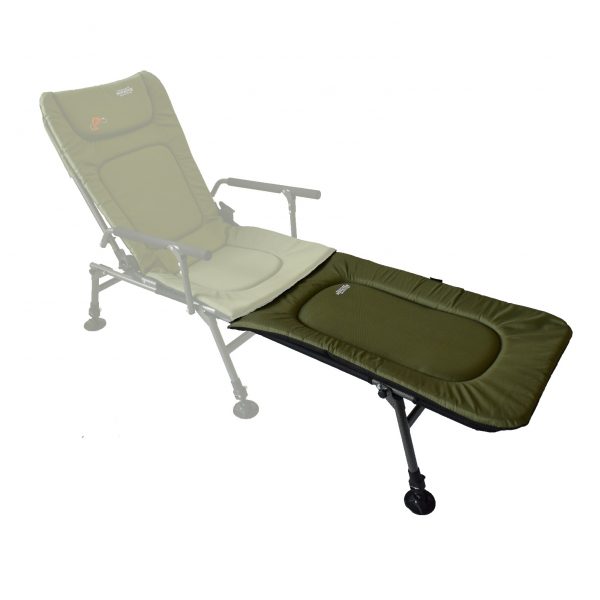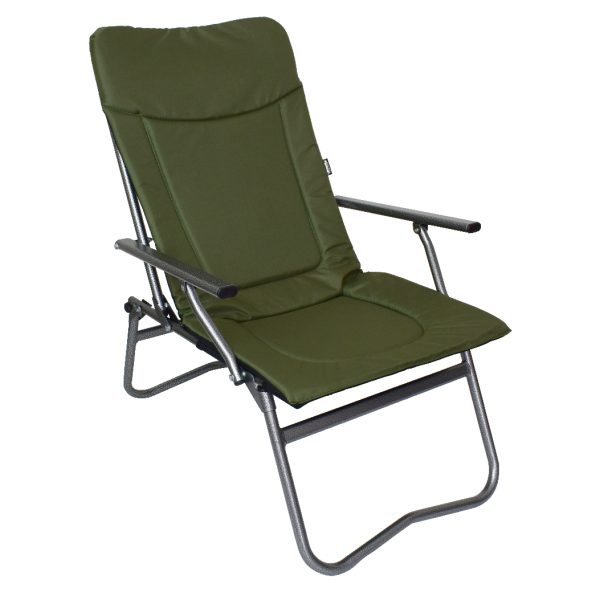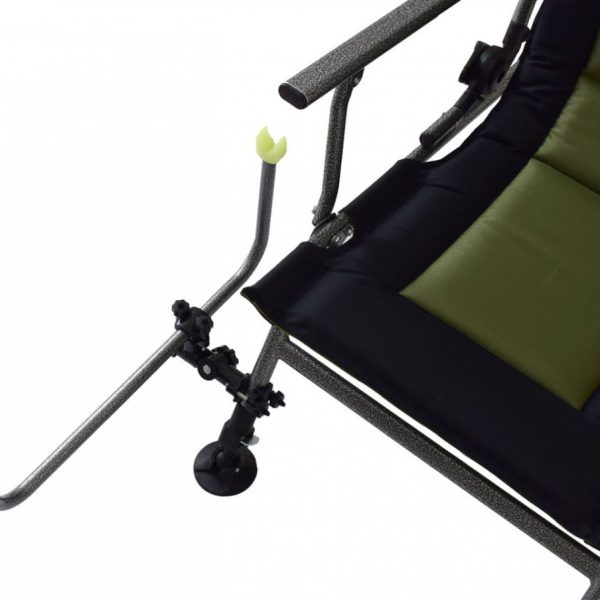Of all the essential steps you should take to ensure your safe return from a hike, especially if you are going alone, the best thing you can do before you leave is to tell at least two responsible people where you are going and when you will be back, and GIVE THEM AN INFORMATION SHEET!!!
Almost every area/agency has a similar sheet you can download, but I have never seen one that is adequate in my opinion. Here is mine, but feel free to use it as a template or create your own:
LOCAL TRAVEL AGENCY CONTACTS
This line is for emergency contacts, they can call 112.
But you may also know an agency they can call directly (include a phone number if possible).
INFORMATION
This is your basic information. Everything they need to know about you so that search teams can identify you from a distance, including your phone number. This paragraph should also include some basic information about you, such as any health/physical issues, experience level, etc.
NOTE: It may also be possible to “ping” your phone to find out your location, so be sure to leave it on and bring an extra battery or power bank!
CONTACTS
Be sure that your designated emergency contacts will be home/available for the duration of your hike.
Try to choose contacts that are in DIFFERENT social circles (i.e. family and friends, or co-workers, roommates, etc.).
ACCOMPANIER
These are the names and numbers of others in your hiking group. Obviously, EVERY person in your group should also fill out an Emergency Information Sheet!
NOTE If you are advanced/experienced (and even then you should reconsider going it alone!), ALWAYS go with a partner, preferably at least two.
ELECTRONICS
This is also useful information for the search party so they know they can track your digital footprint and possibly contact you directly.
GEAR
Here, it is useful for the search party to know how well prepared you are in case something happens. If they see that you are well prepared, they may feel that you can hold out longer and may search for you longer.
This includes: a description of your gear, technical equipment, first aid kit, extra food and water, a description of your clothing and footwear, life jackets and signaling gear, sleeping bags and tents.
YOUR SHOE PRINT INFORMATION
This can save the search party time and help them track you faster and better on land. Knowing your brand and type of shoe is something the search party always likes to know whenever possible because it will make it easier to distinguish your prints from others.
You can download a picture of your shoe print from the internet or take a picture yourself and simply “paste” it into a Word document.
ROUTE PLAN
This starts with the name of the area/site/wildlife park and the start/end points.
Then your daily route with a list of your intended rest stops/campsites.
NOTE: Spontaneity is good, but ALWAYS try to stick to a written plan as closely as possible! That way, if something goes wrong, it will be MUCH quicker and easier to find you!
Obviously, this EMERGENCY INFORMATION SHEET will be most useful if it is ACCURATE and CURRENT (including a description of your clothing, equipment, and food supplies).
IMPORTANT: Always stick to the plan! The more you deviate from the plan, the harder it is to find you!!!
